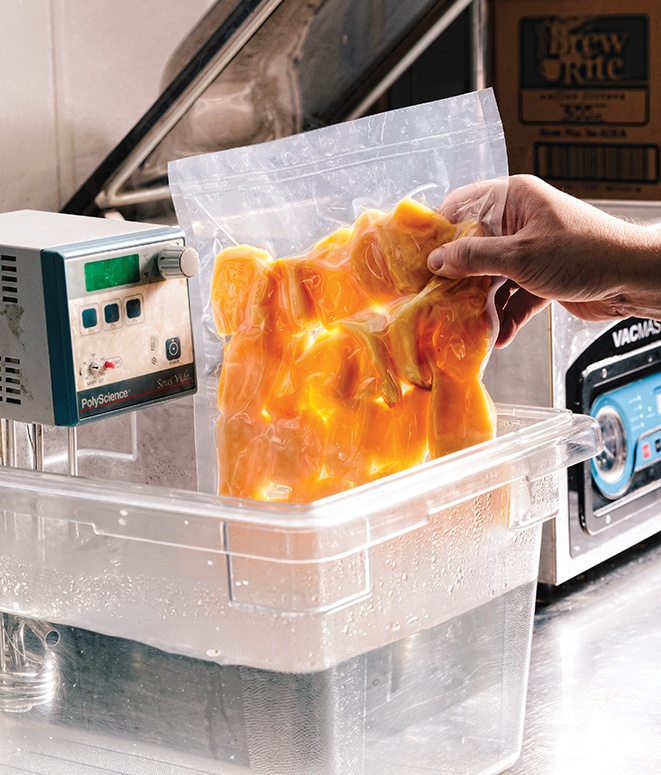By Morgan Fecto | Photographs By Lucy Hewett
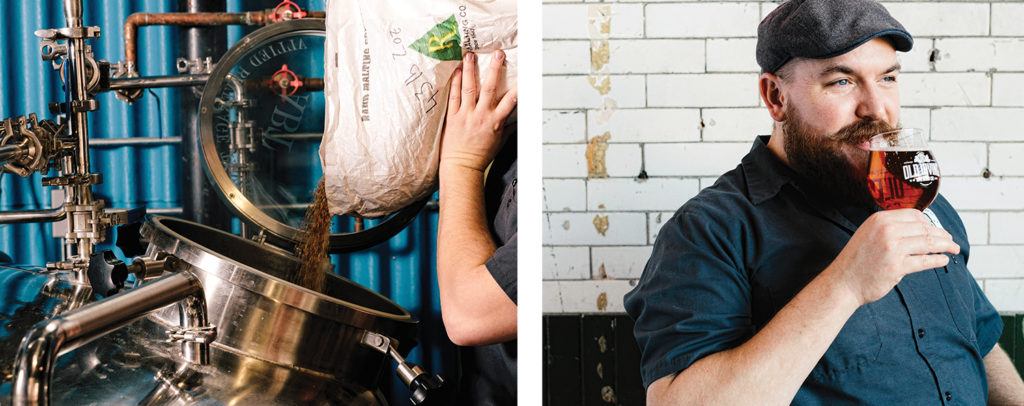
In the Fall/Winter 2018 issue of Sous-Vide, we spoke with Trevor Rose-Hamblin, head brewer and co-founder of Old Irving Brewing Co. in Chicago about his experiments for novel brews using sous vide (don’t miss the full story here!). Before he was head brewer at Old Irving, Rose-Hamblin was an avid homebrewer. In pursuit of a better beer, he collected a few tips for newbies. So if you’re looking for tips on how to get started with brewing beer at home, read on.
CONTROL YOUR ENVIRONMENT
To keep your fermenting beer cool, store your fermenting vessel in a cool, dark place and rein in the heat by using a saison yeast. Those yeasts can still ferment as hot as 95°F, saving you money on a temperature controller. Rose-Hamblin loves a Norwegian yeast strain called Hot Head from Omega Yeast Labs, which is Old Irving’s neighbor in Chicago.
SWITCH TO ALL-GRAIN ASAP
“The real brewing process is all-grain,” Rose-Hamblin says. All-grain brewing will teach you more about the science of brewing and will allow you to work with fresh grains, unlike all-extract brewing, which omits the mashing stage. “You’re gonna get more knowledge and pride out of it.” And on that note, he encourages homebrewers to save their pennies, then buy a good mash tun—the vessel in which those grains turn into fermentable sugars. We like the Learn-to-Brew Mash Tun by Igloo for its built-in spigot and insulated sides.
TAKE MORE NOTES AND FEWER SIPS
It’s crucial to keep a clear record as you brew so you can replicate good results and avoid bad ones later, Rose-Hamblin says. Being a diligent notetaker is easier, of course, if you aren’t imbibing. “Every home brewer I’ve ever met—they’re drinking beer throughout the whole process, and by the time it comes to chill down, they haven’t taken any notes and have no idea how they got to their endpoint,” Rose-Hamblin says. “Take notes on everything.”
“THE REAL BREWING PROCESS IS ALL-GRAIN, ROSE-HAMBLIN SAYS. “YOU’RE GONNA GET MORE KNOWLEDGE AND PRIDE OUT OF IT.”
EXPERIMENT WITH FLAVOR
Homebrewing is about experimenting with ingredients to make better flavor profiles—just like with sous vide. “Since it’s an anaerobic environment, you can really leach flavor into those ingredients that you’ll then use in your brewing process,” Rose-Hamblin says of sous vide. “It’s just going to make your beer that much more complex.” He suggests looking up ingredients that pair well together, like peaches and baking spice or pears and cinnamon, then seeing how these sous vide components change the flavor of your brew.
THE BASICS OF ALL-GRAIN BREWING

MASHING
Mixing milled grain with hot water to convert its starches into fermentable sugars.

LAUTERING
Separating the grain from the now sugary wort (unfermented beer).

SPARGING
Slowly adding more hot water to the grain to collect any remaining sugar. There are several ways to do this, and it is the last step in lautering.
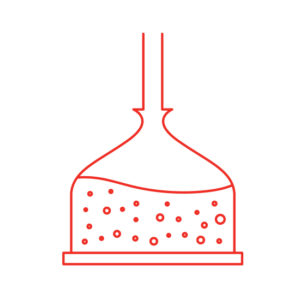
BOILING
Boiling the wort and adding hops to achieve a desired bitterness.

COOLING
Bringing down the temperature of the wort.
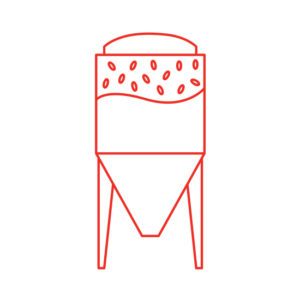
INOCULATING
Adding, or “pitching,” the yeast once the wort has cooled.
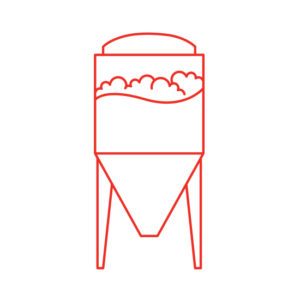
FERMENTATION
Yeast eats the sugars in the wort, thereby converting them into alcohol.

MATURATION
The beer is bottled and continues to develop flavors. This stage includes “bottle conditioning,” or adding sugar to encourage carbonation.
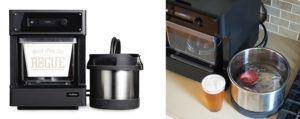
BEER GEAR
Not into the all-grain way? Try a homebrewing option with precise temperature control and the ability to press “brew” and walk away. The Pico Model C from Picobrew is a countertop home brewing machine that requires minimal measuring and monitoring. Though you can’t experiment with ingredients and process quite like you can with traditional methods, you can still customize brews by cherry-picking your favorite yeasts, hop packs, and compostable grain packs. You can even adjust the alcohol level and hoppiness for stronger or more bitter beer. And it doubles as a water bath—just switch to the sous vide setting and cook a steak to go with your latest brew.
Related Articles VIEW ALL ARTICLES
Innovations
Give 'Em a Listen: Food Podcasts
These must-listen podcasts are designed to inform, inspire, and make life easier for the culinarily curious.
Read More >Innovations
Cooking Sous Vide For Your Health
Sure, the sous vide method can elevate your home-cooked meals to something a bit closer to haute cuisine. But did you know it’s good for you, too?
Read More >Innovations
Starbucks and Sous Vide
Starbucks partners with Cuisine Solutions for the perfect morning pick-me-up: sous vide egg bites.
Read More >Buy the Magazine
Buy the MagazineThe first publication devoted to the art and science of sous vide cooking.
Sous-Vide magazine features innovative recipes, visual inspiration, expert techniques for cooking sous vide at home, and exclusive interviews with world-class chefs.
